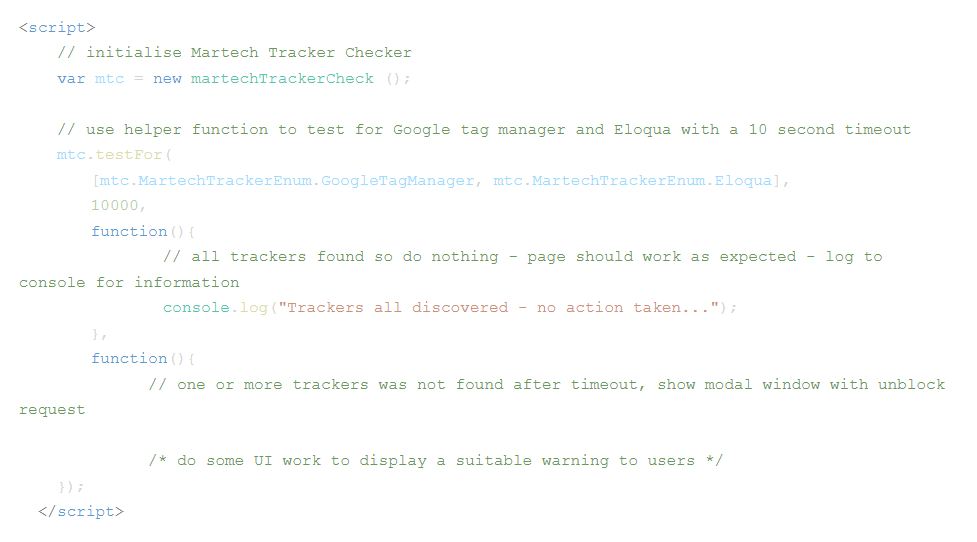You may not know that recent changes in Ad and Content blocking mean your marketing web site may not be functioning as expected. Key tracking metrics may not be a true reflection of your web site’s traffic and worse, you could be missing out on leads.
Starting with Firefox 65, which was first offered to Release channel users on 29th January 2019, users now have 3 modes for content blocking. Any users who opt to use “strict” mode will automatically block most tag management tools like Google Tag Manager, Tealium and Adobe Tag Manager. The impact of this is that standard analytics, usually injected through tag management technology may not now be recording page hits and other user interactions on your web site.
Even worse, if you web site is reliant on style sheets injected in the same way, the user experience may be vastly different to your marketing department’s official brand guidelines. Layouts will default to browser base standards, mobile responsive capability could be lost and components could simply fail to display.
Ad blockers provided by browser extensions such as Ad Block Plus and uBlock also block tag managers and other technologies depending up on how the user configures the extensions settings.
Subtler issues may go unnoticed, for example AJAX requests may return unexpected results depending upon the blocking technology being used by the browser/extension. Forms may even be posting data which gets blocked, meaning you’re losing important lead information.
Most of the blocking is based upon the domain name or by matching elements of the path and file name of the resources being requested. The rules are often maintained as public resources such as EasyList and are available for anyone to use. Other tools may have their own proprietary methods.
You may be able to circumvent some of the blocked resources by simply hosting them in your own domain which hopefully shouldn’t be listed. Other resources, such as tag manager output, cannot currently be loaded via alternative domains and you’re therefore stuck with using them.
GatedContent.com to the rescue!
We’ve developed a simple script you can add to web pages which you can use to detect Ad/content blockers. Due to the nature of Ad blockers, you won’t be able to inject this into all your pages with a tag manager, so you’ll have to include it into selected pages as needed or have your web server or CMS system include it as a default script.
You can then add some additional script to test for different MarTech tools depending upon which ones you use. We currently have tests for the following :
Adobe Tag Manager, Autopilot, Eloqua, Facebook, Google Analytics, Google Tag Manager, GatedContent.com, Hubspot, Linkedin, Marketo, Pardot, Tealium, Twitter and Woopra.

In addition, we’re also adding form post failure detection before any data is lost. In which case, GatedContent.com gates will prevent the data loss and request users to whitelist or mark the current page as safe in their chosen content blocker.
GatedContent.com stay up to date on the the latest Ad and Content Blocking changes to ensure you data collection keeps running smoothly. If you have any questions or comments about Ad Blockers, browser updates, privacy policies and tracking get in touch by emailing support@cirrus1.net.
